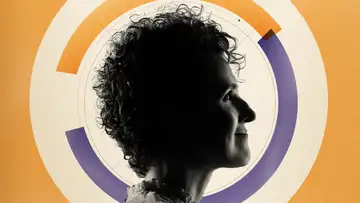The State of The Union's WaterTop of Mind with Julie Rose • Season 1, Episode 884, Segment 5
Aug 23, 2018 • 18m
(Originally Aired: 2/27/2018)
Guest: Marc Edwards, Ph.D, Professor of Civil Engineering, Virginia Tech
A judge in Flint, Michigan ruled that there is enough evidence for the head of Michigan’s health department, Nick Lyon, to stand trial. The charges are for involuntary manslaughter related to this year’s lead-contaminated water crisis in Flint. Marc Edwards first exposed the truth about Flint's bad water quality, and conducts similar tests in cities around the country. If something like Flint could happen, can any of us ever have confidence in the safety of our drinking water?